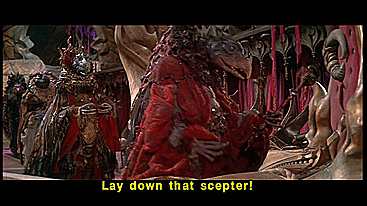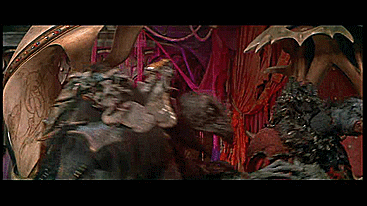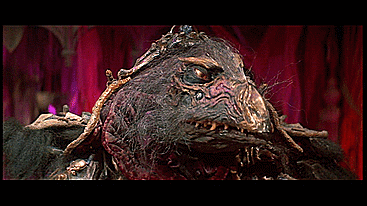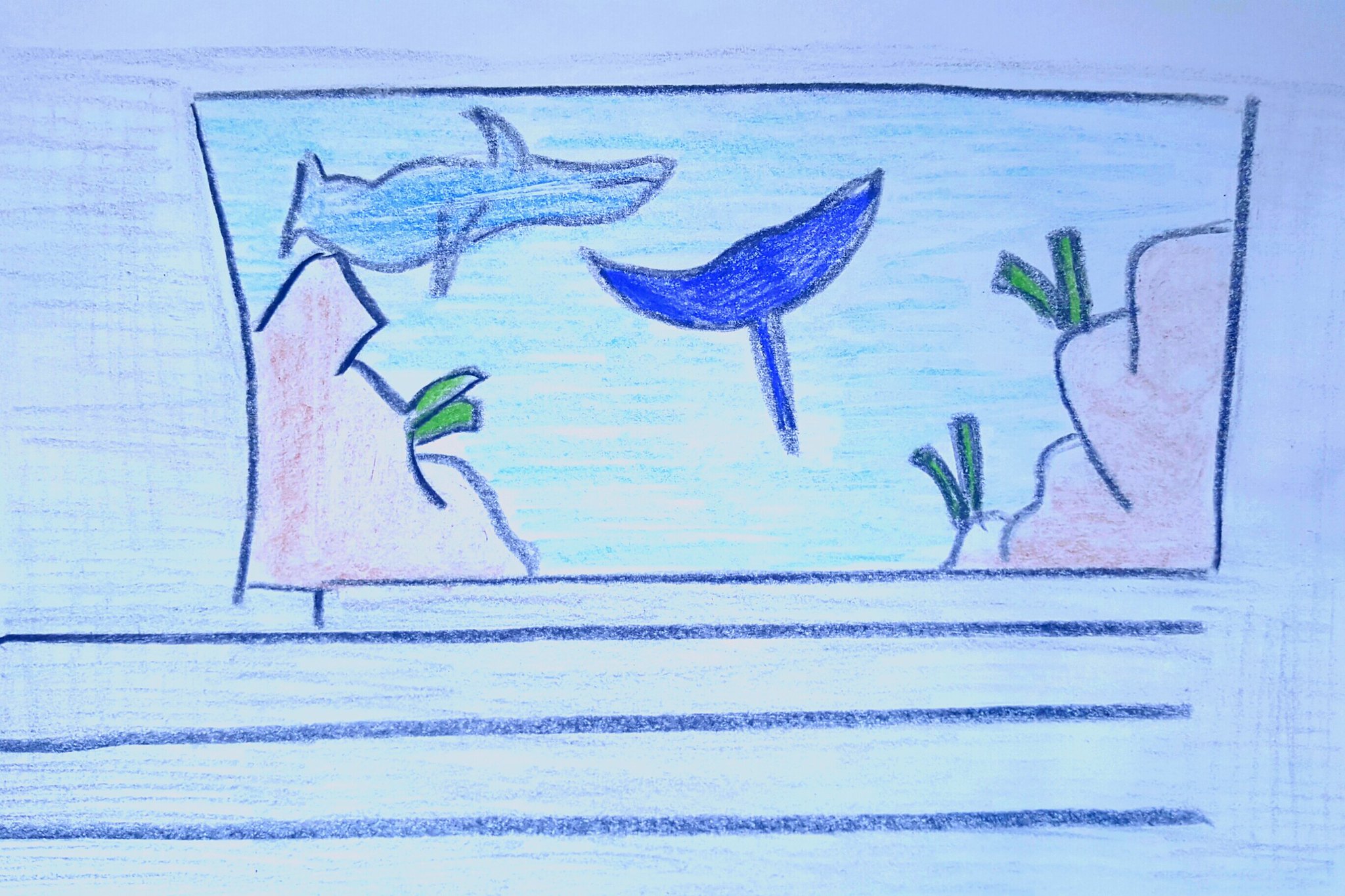3:30PM - 7:00PM - PIXAR'S FRIENDSHIP BOARDWALK/DINNER (PART 1)
Our group finally made it to the Pixar section of Disney’s Animation Kingdom and came face to face with a towering five-story building. The building was blue and painted with migrating rays of some sort (PerGronStudios says Cownose Rays so we’ll go with that). This was the new Marine Life Institute Aquarium that had just opened and was loosely themed to Finding Dory’s Marine Life Institute. We decided to go check out the massive building, getting to the entrance only to find out that we had to pay to get in.
The entrance fees were reasonable, especially for a Disney attraction, costing us ¥3,284 per person, which translates to about $30 US. For children and seniors, the cost is about ¥1,642 or about $15 US, making for a fairly reasonable entrance fee to enter the massive structure. We decided to fork over a little extra as well to take part in one of the exclusive animal encounters, because we’re on vacation, and also, as Space says, “#yolo”.
We picked through the three experiences that the MLI offers, and we’ll present prices here for anyone interested.
The dolphin encounter gets you up close and personal with an Atlantic Bottlenose Dolphin for about an hour experience for approximately ¥21,898 or about $200/person, all ages. The next encounter is the Sea Lion Encounter which gets you up close and personal with a California Sea Lion for about an hour experience for about the same price. However, the selection that we made was the Penguin Encounter, which got us a half hour encounter with two penguins, a Magellanic Penguin and an African Black-Foot Penguin for about ¥10,949 or about $100 US. We made that selection, because, as Brer Oswald says “I think it’s impossible to actually hate penguins,” and everyone agreed.
Anyway, tickets in hand, we entered the massive building into the main atrium (which actually entered us on the second floor of the building. Looking out, you could see a massive tank, a massive whale skeleton hung from the ceiling and in front of the massive tank, a large dolphin pool where the bottlenose dolphins were located for the dolphin encounter. Luckily, there was an electronic sign that read in both English and in Japanese about the different locations in the MLI.
The Main Exhibit was the One Ocean Exhibit which was a six million US gallon aquarium, only slightly larger than the aquarium at the Seas with Nemo in Friends back in Florida. This exhibit was incredibly naturalistic, featuring giant kelp, live rocks, and even corals among other plants and decorations. While going over the entire list of species featured in the One Ocean Exhibit is a bit much, we will highlight some of the standouts.
The Ocean Sunfish (or Mola Mola) was the first sight we saw in the tank, its large and ugly face staring us down as we entered. Also inside the Exhibit, the Green Sea Turtle, Green Moray Eel, Great Barracuda, and Goliath Grouper just to name a few of the 60 individual species featured in the tank.
The great thing about the One Ocean exhibit is its height and width. It extended up all the way to the top of the building so that guests can see the top of the tank at the fifth floor, but also that it allows for a different vantage point no matter where you are in the aquarium. For some of the more stationary animals, such as the Giant Clam, getting to see the tank from different angles and different heights really allowed us to see every animal in the exhibit at one point or another.
We decided to trek through the second floor that we entered on first, heading to the left of the One Ocean Exhibit and down a corridor that hosted paintings of sharks and rays along the walls, into a large open room with another massive aquarium that went right around the room, including over our head. This section was called Shark Lagoon. This two million gallon aquarium hosts a group of different species of sharks and rays, including Blacktip Reef Sharks, Zebra Sharks, and Pelagic Stingrays. Inside the room, there were also some smaller tanks, including a nursery where Leopard shark egg sacks were on display, incubating. There was also a massive touch tank featuring cownose rays and Atlantic stingrays that we could purchase food for to feed, or just pat for free.
We decided not to purchase any food, but we did really enjoy touching the rays as they swam up to us. Eventually, it was time to say goodbye to the rays and head to the next section.
Continuing down the path, we entered the next section which is on the other side of the One Ocean Exhibit (the walkway loops around it in a horseshoe shape) which was the Coral Reef section of the aquarium. Another final massive aquarium (this one only about 100,000 gallons, housed tons of different coral reef fish species, which made for a gorgeous and vibrant exhibit, featuring animals like Blue Tangs (Dory!), all kinds of Angelfish, and as PerGron excitedly and continuously pointed out, a Dogface Pufferfish. We spent quite a bit of time in this section, but our time for our Penguin Encounter was coming up quickly, so we hurried up the winding staircase to the third floor and entered Penguin Point.
Inside Penguin Point, two pools flanked us on either side, one housing African Blackfoot Penguins and Little Blue Penguins, and the other holding Magellanic Penguins. The pools also had multiple fake rocks and mimicked the stony shores of South America and Africa where these three species can be found.
Rather than spend a lot of time looking at the exhibits, we walked over to the keeper who stood by a podium that read “Penguin Encounters”.
Upon speaking to the keeper, she beckoned us down a short corridor in through a metal door which opened into an area Called the “biosecurity area”. Here, we had to change our shoes into the provided hiking boots as well as put a thin windbreaker over our shirts and thoroughly wash our hands. Our guide, whose name was Han, tried to explain that these were precautions so that we do not enter any deadly foreign bacteria to the penguins causing them to get sick. We say tried to explain because PerGron kept telling us the exact same information before poor Han could.
We then entered the rocky exhibit as Han carried a stainless steel bucket of herring for us to feed the penguins with. When we entered, some of the penguins fled to the water, but a few of them cautiously approached us. Each penguin had a band on its wing that read its serial number and helped the keepers identify each individual. This side had us with African Blackfoot Penguins (the Little Blue Penguins that shared the exhibit wouldn’t come near us) who were incredibly entertaining animals.
The first individual we met was named Khaleesi (apparently all of the Penguin keepers are big Game of Thrones fans as all of the African Blackfoots are named after GoT characters) and she was an incredibly fun interaction, letting us pat her and feed her fish. Meanwhile, Stannis, another African Blackfoot, kept sneaking up behind us and biting our ankles. We got to interact with a few other penguins, until our bucket of fish ran out. As soon as the fish ran out, all of the penguins fled back to the water, and we headed out of the exhibit and changed back into our regular clothes, returning back to the aquarium.
We decided to stick with the fourth floor and entered the exhibit on the other side. A sprawling greenhouse featuring freshwater species. A large electric eel aquarium was exciting as it read the voltage that the eel was putting out at that very moment. Continuing down the pathway, we came across a few other tanks of importance. A large freshwater Angelfish tank which PerGron would not leave until we physically pulled him from it (claiming he had an angelfish tank back at home and wanted to take inspiration to “aquascape it”). We also continued through to see some Red-Tailed Catfish, Arapaima, Red-Bellied Piranha among plenty of others.
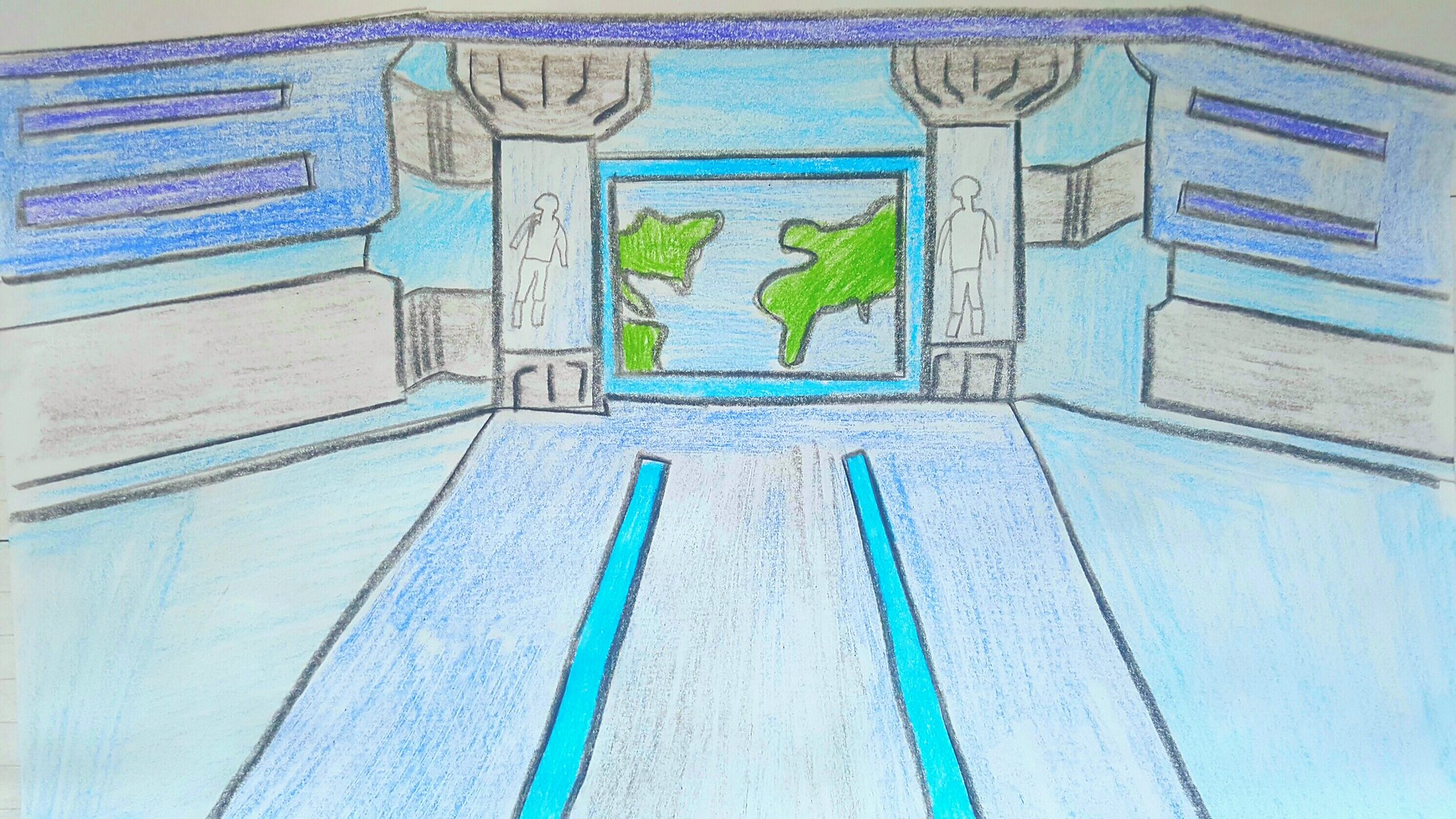
Working our way up the aquarium to the next floor, we came across a center known as “Nemo’s Kid Zone” where there was a large playground. Despite our best attempts, we were told we were all too large for the playground, so we were turned away, disappointed. However, we were able to play in the Tide Pool Touch Tank where we had sea cucumbers, hermit crabs, horseshoe crabs, and even an octopus. We also located a sign for the Turtle Talk Experience which was akin to Turtle Talk with Crush in Epcot, but in Japanese, so we decided to skip it because of the language barrier.
We then made our way up beside the One Ocean Exhibit and onto the fourth floor. On the fourth floor, there was two exhibits, one on each side, like the other two floors. One one side was the “No Bone Zone” which gave us all a chuckle. Inside, there were plenty of invertebrates, from crabs to octopus to squid and cuttlefish. On the other side though was the more important section, the Alpha Research Base which featured all kinds of research exhibits.
Some of the highlights included the Coral Lab where scientists grew tons of species of coral for the larger aquariums, something we were all fascinated by. There were also breeder tanks for Clownfish and Banggai Cardinalfish, but the coolest exhibit was a large exhibit dedicated to the most venomous species on earth, The Greater Blue-Ringed Octopus, one of only four aquariums in earth to exhibit the species. This tank had a keeper by it at all times, explaining how incredibly dangerous this species was and how even when feeding and cleaning, they can’t open the lid of the tank as octopi are known for escaping, and something this venomous could kill 26 adults with one bite. Instead, they invented a cannon that shoots food down into the enclosure by loading it into a chute and using compressed air to fire it down, therefore eliminating any entrances for the octopus to escape.
We spent quite a while here, but decided to head up to the final floor, and enter the top of the world, which featured the Marine Rescue Center. Here, a large pool had California Sea Lions and Northern Fur Seals, where another hosted Southern Sea Otters, and a final hosted West Indian Manatees. All of these species were rescued by other aquariums and sent to be studied at the Marine Life Institute. Up top you could also look down from the top of the One Ocean Tank, seeing some of the top-dwelling fish as well as keepers and divers that get down into the aquarium to clean it.
We finally decided to take the elevator down to the first floor once again and made our way to the Dolphin Lagoon. As there were encounters going on, we didn’t get to see the dolphins swimming much, but it was still a neat experience. Finally, we looked around to see the Nautilus Restaurant. While we didn’t go down into the restaurant, the menu seemed interesting, with lots of fish, sushi, and a full Raw bar for oysters and other shellfish, all dishes very Japanese-inspired.
With that, it was the end of the Aquarium, which took us close to three hours to experience. We definitely recommend visiting as the entry fee is very reasonable, and even the encounters weren’t too crazily priced. However, dwelling on the aquarium wasn’t what we planned on doing, because we still had more to see!



